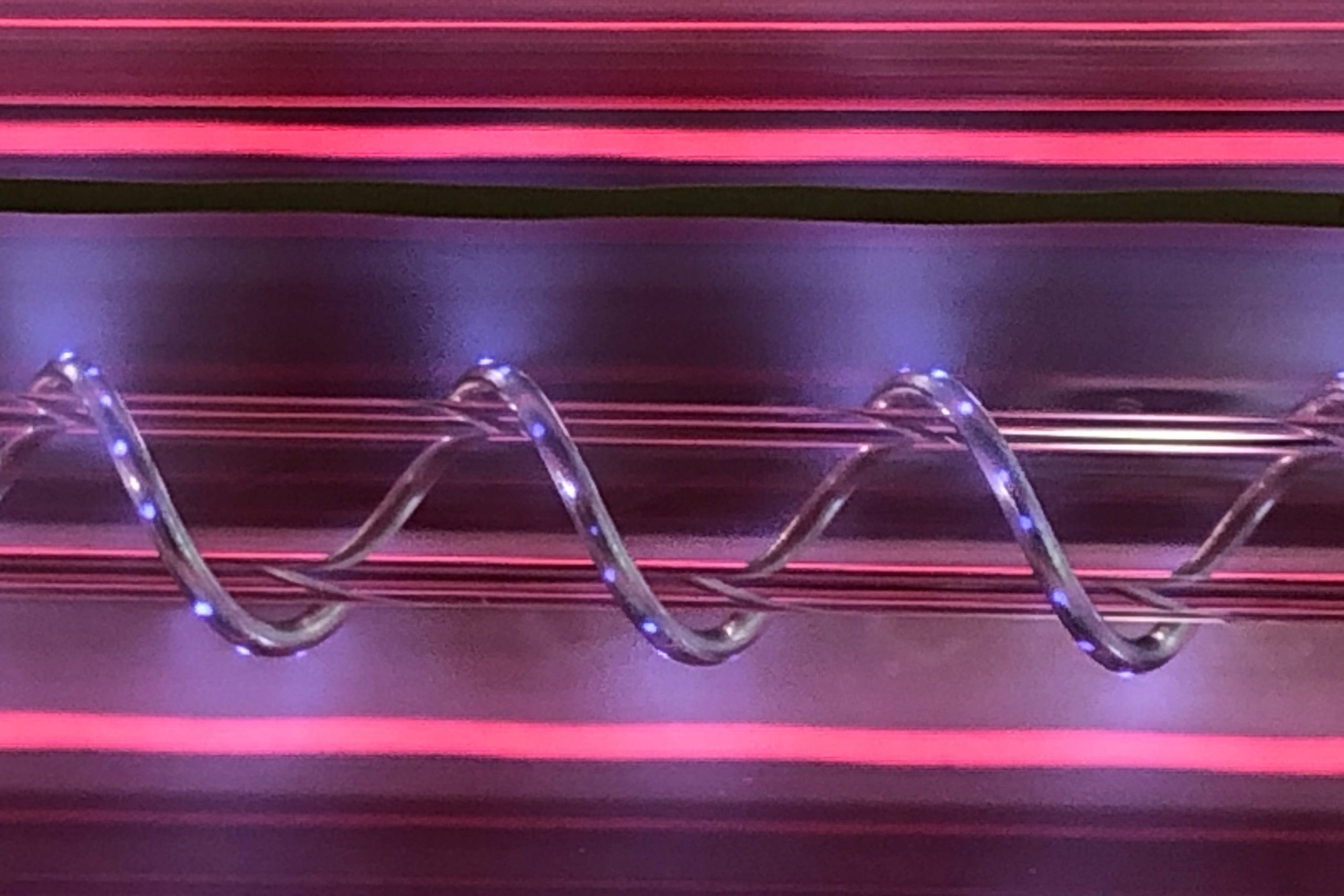Contents

Source: GEW UV
<>
Excimer Lamps: Understanding the Technology
Introduction
Excimer lamps are a unique type of gas discharge lamps that produce ultraviolet light through excited dimers or exciplex molecules. Unlike excimer lasers, these lamps do not have a laser resonator and emit diffused light rather than coherent laser beams.
Operation
Excimer lamps operate by rapidly dissociating de-excited dimers after spontaneous emission, preventing reabsorption of generated radiation. They can function at a wide range of working pressures and do not require high plasma temperatures, leading to quick start-up times.
Characteristics
The lamps are typically cylindrical but can have various shapes for specific applications, such as water purification. They emit UV light at specific wavelengths, with dominant monochromatic emission and minimal visible or infrared light.
Emission and Efficiency
Excimer lamps can emit light continuously or in pulses, with moderate power density. They offer high radiant efficiency, reaching several tens of percent, depending on factors like gas pressure and electrode design.
Applications
These lamps find applications in industries requiring short-wavelength UV light, such as printing, photolithography, surface cleaning, and sterilization. They are environmentally friendly compared to mercury vapor lamps and are used where specific emission wavelengths are needed.
Conclusion
Excimer lamps are versatile light sources with high efficiency and various industrial applications. Their unique characteristics make them valuable for processes requiring short-wavelength UV light in a range of fields.

Source: Light Sources
Feel free to comment your thoughts.



